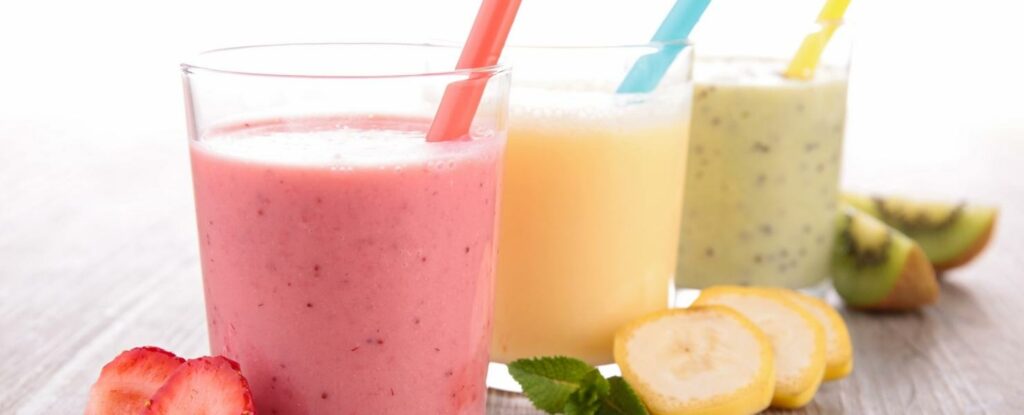As we get older, our nutritional needs will change. However, older adults still need nourishing meals that are rich in vitamins and nutrients and that provide them with energy. Adapting meals for older adults can become more important year after year to be sure proper health standards are maintained.
What your loved one eats may change as they age and how you can adapt meals for older adults based on any common health concerns associated with age are crucial in order to keep your loved ones healthy.
The Basics of Healthy Eating for Older Adults
Here are four basic principles to follow for meal planning as your loved one ages:
- Make sure to include foods in their diet that are full of fiber, minerals, and vitamins.
- Steer clear of too much processed sugar and saturated fats. Here are some healthy sugar substitute ideas if you need them.
- Avoid too much salt and consider some of these healthy spices to add needed flavor to your loved one’s food.
- Change their diet if needed for any chronic health conditions, such as diabetes.
How Your Food Needs May Change With Age



There are a few ways that your loved one’s appetite and what they eat may change as they get older:
- Chronic health conditions like diabetes, high blood pressure, and high cholesterol may force you to make changes in their diet. If you don’t make these changes, these conditions could become worse and cause other health effects, such as heart disease.
- Medications that they use may affect their food choices. For instance, you may find that they have less of an appetite due to certain medications that they take. Or, their doctor may say they should avoid certain foods because of a potential interaction with medication. For instance, grapefruit juice, oddly enough, can interact with many types of medications, including certain cholesterol and blood pressure-lowering drugs, according to the U.S. Food and Drug Administration.
- You may find that your loved one wants to eat less as they age and their health declines. This is normal and could be for a variety of reasons. For one, they likely aren’t as active as they once were, so they aren’t burning many calories throughout the day. It could also be due to a lowered sense of smell or taste over time, making food less appealing, which is why adapting meals for older adults can be crucial in getting them to eat more.
- It’s easier to become malnourished as an older adult. This happens for several reasons. It can be due to a lower appetite, as previously stated, or it could happen because access to food becomes more difficult. And, of course, chronic health conditions could lead someone to eat less, which in turn means they aren’t getting enough calories or nutrients every day.
- Changes to your oral health may affect what you choose to eat. You may find that you have to eat softer foods due to changes in your teeth.
- Your ability or desire to prepare meals for yourself may change. Dexterity issues from conditions such as arthritis may cause difficulties in making meals. If there is not someone else making food for you, this may lead you to eat less.
- Your body may not absorb certain nutrients as well as it did before, including vitamin D and magnesium.
How to Adapt Meals for Older Adults



- Eat foods that are rich in hydration. This includes soups, broths, stews, smoothies, and water-filled produce like watermelon and cucumbers. These items do double duty by providing hydration–important at any age–as well as nutrients.
- Be mindful of harder foods. Foods that are harder to chew can be more challenging for older adults due to changes in oral health. Your days with peanut brittle may be over! Look for foods with a softer consistency. The hydration-rich filled foods will help you to steer clear of harder foods.
- Aim for nutrient-dense foods. Like the idea of consuming foods rich in hydration, nutrient-dense foods will help you get much of what you need from your diet without forcing you to eat more than you want. Some examples of nutrient-dense foods include:
- Beans
- Lean protein
- Low-fat dairy
- Nuts and seeds
- Whole grains
- Talk to your doctor about the need for supplements. Because of your changing nutritional needs as you age and the fact that it’s harder for the body to absorb certain nutrients as you get older, you may have to use certain nutritional supplements such as:
- Calcium
- Magnesium
- Vitamin B-12
- Vitamin D
Let your doctor know of other medications you’re using, as certain supplements can have a bad interaction with certain meds.



- Add more fiber. Put simply, fiber will keep you regular. Vegetables and fruits, oatmeal, and whole grains are all rich in fiber. The recommended daily fiber intake is 21 to 25 grams a day for women and 30 to 38 grams a day for men. There also are natural fiber supplements commonly available if you can’t get enough through your diet. Still, it’s always better to get your fiber from whole foods as much as you can.
- Keep drinking enough water. Good hydration is important at any age, but your body has a harder time absorbing water as you get older. Drink water throughout the day, and carry a reusable water bottle with you. If you get bored with regular water, add slices of cucumber, strawberries, or herbs like rosemary to add some taste.
- Don’t forget the D–vitamin D, that is. Vitamin D has lots of health benefits like building strong bones and strengthening the immune system, both of which are important for older adults.. Fatty fish, walnuts, and egg yolks are just some of the foods with high vitamin D content. If you can’t get enough vitamin D from your diet, ask your doctor if you should use a vitamin D supplement.
- Make changes gradually. Some of these food adaptations may differ from your usual food routines. You don’t have to make all the changes at once. Start with changes one or two days a week so you can get used to your newer, healthier food routines.
Don’t Forget the Physical Activity
To stay healthy, don’t forget physical activity, in addition to eating right. Current guidelines recommend 150 minutes of moderate exercise a week. You can easily break that down to 30 minutes a day, 5 days a week. If needed, you can break that down even further into 10-minute sessions. Take a brisk 10-minute walk after each meal, and you’ve met your physical activity recommendation!
Of course, if you are not currently active or you have special health issues, talk to your health provider before starting any new physical activity.







